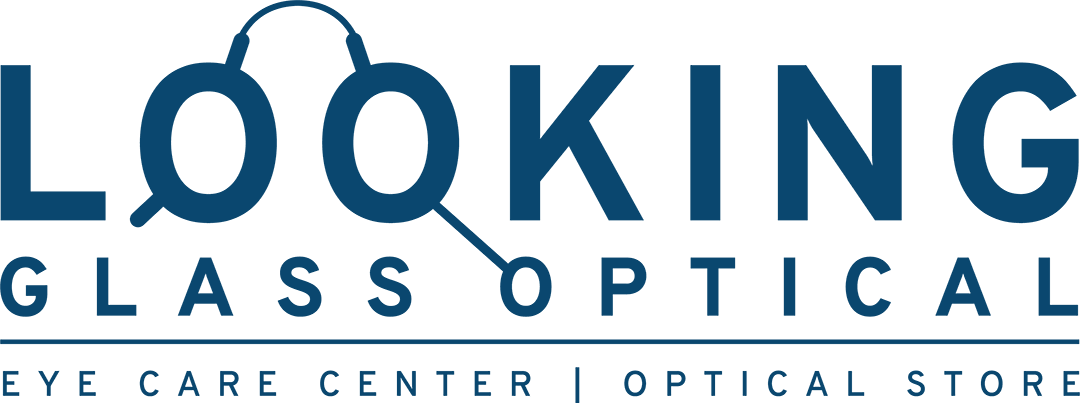MACULAR DEGENERATION
According to the National Institutes of Health, Macular Degeneration is a leading cause of vision loss in Americans over the age of 60. Unlike glaucoma, this only affects the very small center spot of the eye called the macula which sees detail.
This is the part of the eye we use to see detail like letters, numbers, and to identify faces. Peripheral vision remains untouched allowing for mobility and some identification skills. With regular exams and early detection, it is medically manageable.

Yearly Eye Exams Can Help Prevent These
Click below to learn more about each specialty or problem that you are concerned about. If you have any questions, please give us a call.
What is Macular Degeneration?
This central part of the eye called the Macula becomes affected by macular degeneration. If blood vessels break in the macular area, it is called wet macular degeneration. If there is an excess accumulation of metabolic waste in the macula, it is called dry macular degeneration.
A dilated eye exam will reveal advanced changes in the macula. The good news is that earlier small subtle changes can now be detected using newer technological advances such as the 3-D Retinal Thickness Analyzer (RTA).
The RTA evaluation now allows Dr. Teles to study not only the view seen looking into a dilated eye but to examine the layers of the retina below the surface. The RTA allows cross-sectional views of the macula structure.
How Can You Prevent It?
Detection of early changes in macular thickness and structure allows for new early interventions which frequently can help control changes. Unfortunately, when vision is affected low vision will occur.
Age-Related Macular Degeneration (AMD) is most common in older people, but it can occur during middle age. The risk increases with age, smoking, and obesity. Risk factors that cannot be controlled are:
- Race – Caucasians are much more likely to lose vision from AMD than African-Americans.
- Family History – People with a family history of AMD are at higher risk of getting the disease.
- Gender – Women appear to be at greater risk than men.
HELP YOUR EYES GET HEALTHY
If you are experiencing any of the symptoms above, schedule an appointment today. Early detection and prevention is key to proper eye health.

